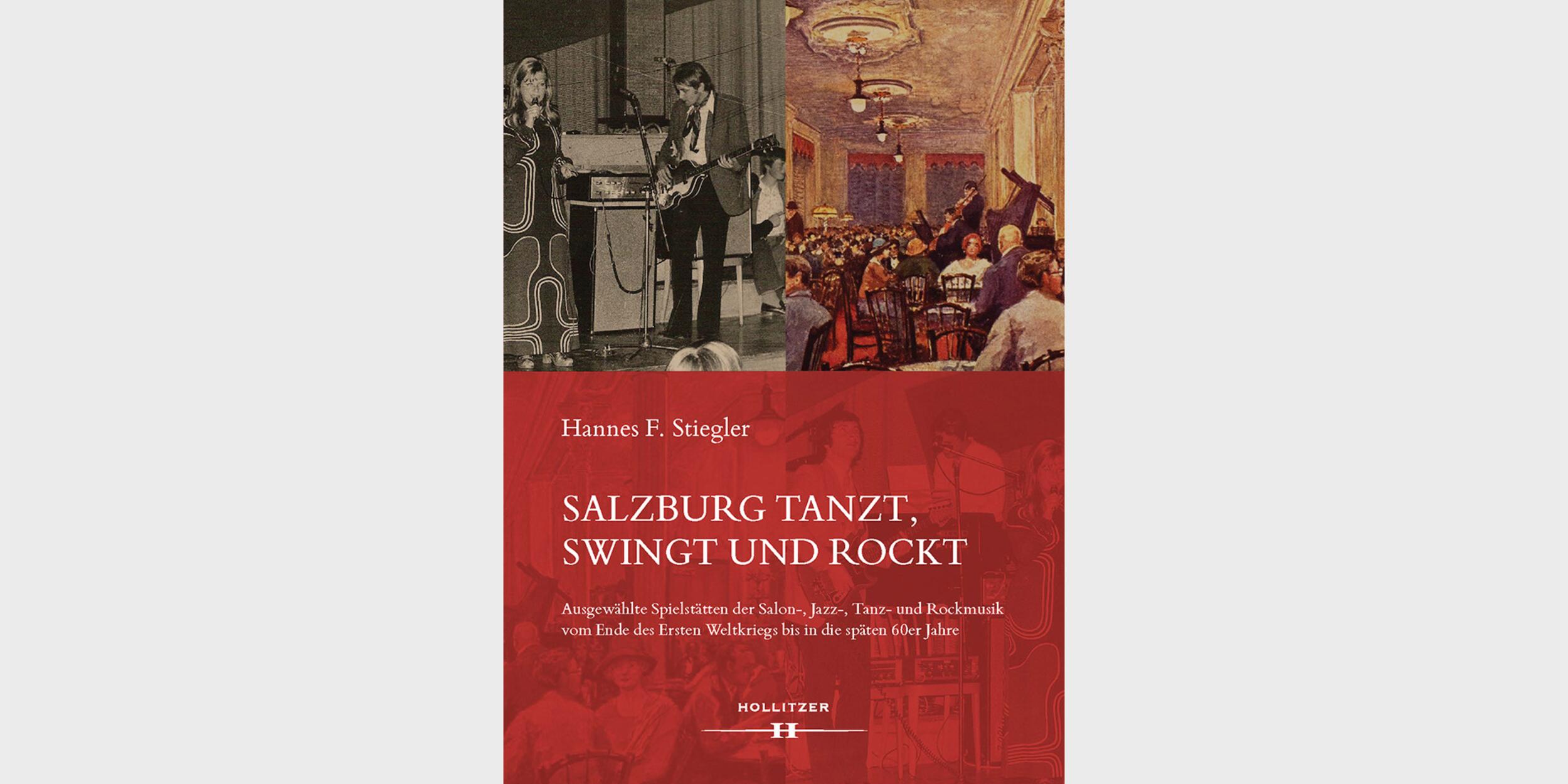Salzburg dances, swings and rocks

Although there were hardly any dance halls, vaudevilles and dance palaces in Salzburg after the end of the First World War, compared to Vienna, the yearning for light muse was enormous there as well. Hannes F. Stiegler describes how inns, bars, wine taverns, restaurants, hotel salons and festival halls, clubhouses, cinemas, but also classical theaters, cabarets and concert halls met this need in a way that one can hardly imagine in a city so characterized by festival culture and bourgeois musical cultivation.
Selected venues for salon, jazz, dance and rock music from the end of World War I to the late 1960s
VÖ des Arbeitsschwerpunktes Salzburger Musikgeschichte
Hollitzer Wissenschaftsverlag Wien, 2023
A lively popular music scene emerged, which - largely cut off during the National Socialist era - was quickly revived in the postwar period, when U.S. Army GIs immediately brought the latest music trends to the city. Light music was now supposed to be lively and, above all, danceable, whether at the five o'clock tea or at the band competition in the Kongresshaus. Saloon, jazz and modern dance music, and since the end of the 1960s also rock music, were a colorful cocktail of entertainment that thrilled teens and twens as much as older generations, before the disco wave put an end to this diversity in the 1970s.